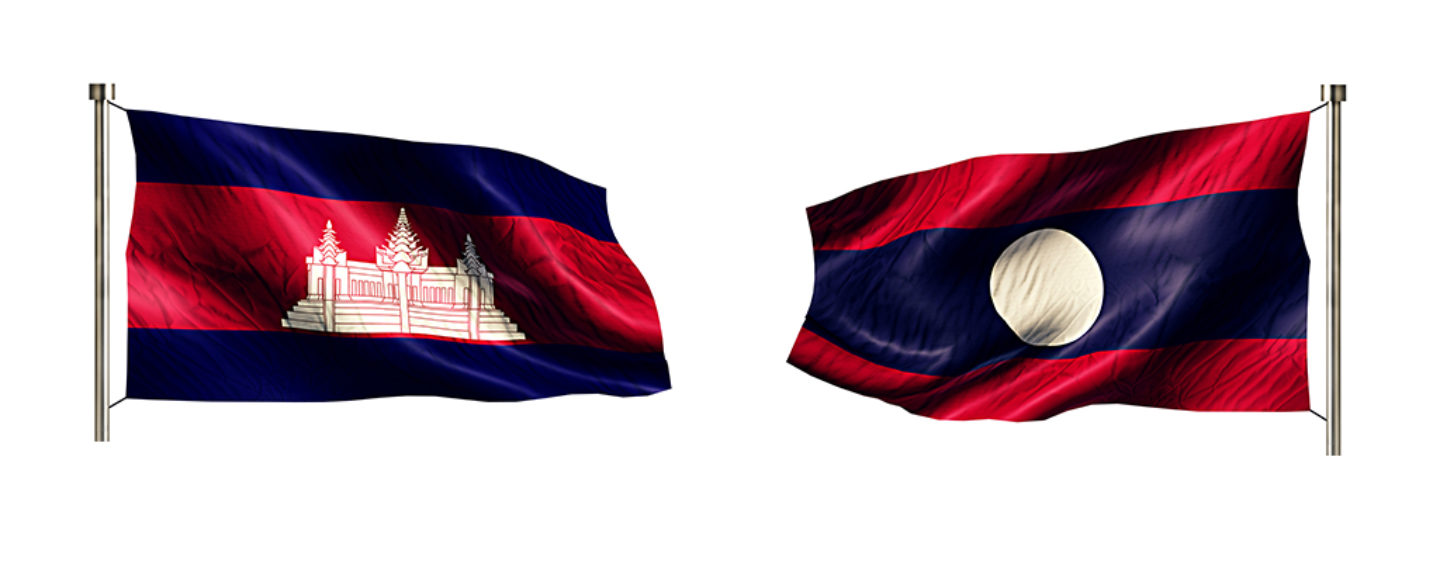
Cambodia Sees Growing Fintech Industry; Laos Still Lacks Behind
by Fintech News Singapore October 24, 2018Cambodia’s startup ecosystem is experiencing growth, with tech investment on the rise. By Q2 2018, Cambodia had seen at least 12 tech startup funding announcements, or exactly a 140% increase from at five in the previous year, according to a new report by Mekong Strategic Partners and Raintree Development.

Cambodia Tech Summit 2018, Smart for Cambodia, via Facebook
The report, launched during the inaugural Cambodia Tech Summit 2018 in Phnom Penh last week, details the country’s tech startup landscape by category with fintech leading as the most crowded sector with more than 50 active startups operating. These include Morakot, Banhji, Pi Pay, BongLoy and SmartLoy.
Cambodia’s growing fintech industry can be clearly seen through the rise in mobile payments adoption. According to a separate report by digital marketing company Cyberius released in May 2018, about 33% of adults are receiving money through mobile services.
With most of the population (49%) being mobile users instead of desktop users (46%), mobile technology provides financial technology services an easier barrier of entry. Several foreign players have been looking to tap into this opportunity.
In August, Mastercard teamed up with Wing, a leading mobile money and electronic payments services provider in Cambodia, to enhance existing QR-based mobile payment services using its Mastercard QR Payment solution. With Mastercard QR, consumers in Cambodia will be able to simply scan the QR code and process the payment from their mobile phones.
Another foreign player that’s entered the Cambodian market is ayondo Markets Limited, which established a collaboration with the Phnom Penh Derivative Exchange earlier this month to provide the firm with its CFD trading platform TradeHub as the main execution base for derivative brokers trading CFDs for PPDE’s clients in Cambodia.
Cambodia recently welcomed its very own national body dedicated to fostering fintech development and collaborations. The Cambodia Fintech Association is comprised of banks, digital payments companies and financial operators.
The rise of fintech has allowed for increased financial inclusion in recent years. The National Bank of Cambodia estimated in 2016 that 71% of the country’s population had access to financial services while 59% use formal banking services, enabled by technology and digital platforms.
“Remarkable financial deepening together with rapid adoption of new technologies – notably in payments systems – have supported improved financial inclusion,” Aun Pornmoniroth, Cambodia’s finance minister, told the Southeast Asia Globe.
“While microfinance institutions’ increasing presence and significance has greatly contributed to improving access to credit, the innovations in fintech have also opened up new possibilities in the provision of financial services, including low-cost access to credit and savings vehicles and trade facilitation.”
Although financial inclusion has been actively promoted by the National Bank of Cambodia, financial literacy and education on other hand have been lacking.
“[Fintech] innovations have provided access to a wide variety of financial information, helped in the integration of financial and credit markets within the country and reduced financial transaction costs,” the minister said.
“But enhancing financial literacy needs to be expanded further, especially in rural areas where financial literacy is low – not only to increase financial inclusion, but also to improve overall allocation efficiency.”
Meanwhile, nearby Laos is still lacking behind when it comes to fintech. At present, mobile top ups and utility bill payments over the Internet or via cell phones are the only digital financial activities prevalent in the country.
The Banque Pour Le Commerce Exterieur Lao (BCEL), one of the biggest state-owned commercial bank, offers a mobile application, BCEL One, that facilitates cardholders’ payments and transaction inquiry. In December 2017, it launched a new service called OnePay, a mobile phone app that allows users to pay anyone, anywhere, directly from their account by photographing a QR code.
Earlier this year, the bank entered into a strategic partnership with Thanachart Bank of Thailand to introduce QR Code payments in Thailand for the benefit of Lao shoppers.
As of May 2018, the Bank of Laos had only approved QR code payment services offered by three banks and financial institutions: BCEL, Lao-Viet Bank, and the New Concept Microfinance Institution.







